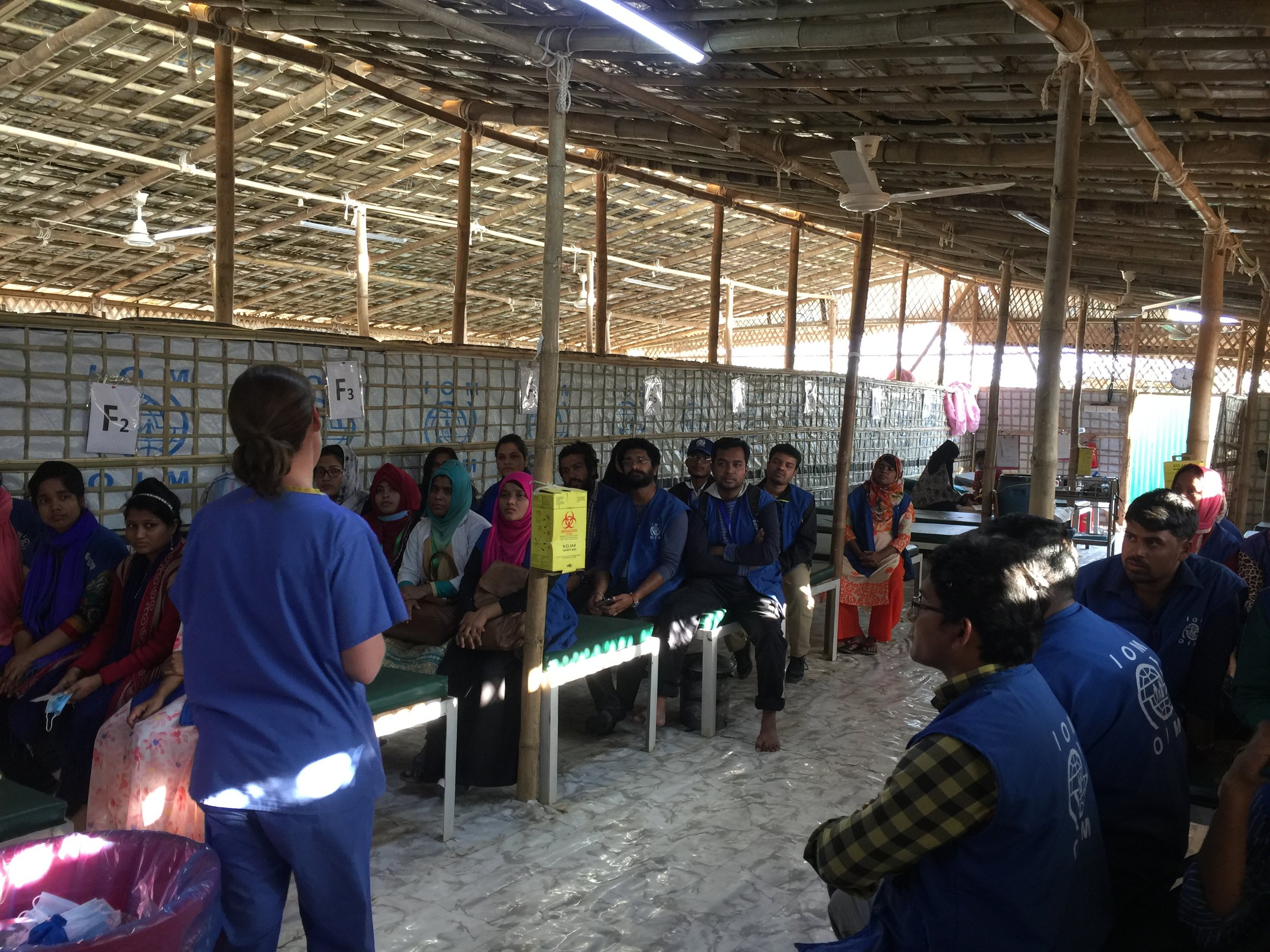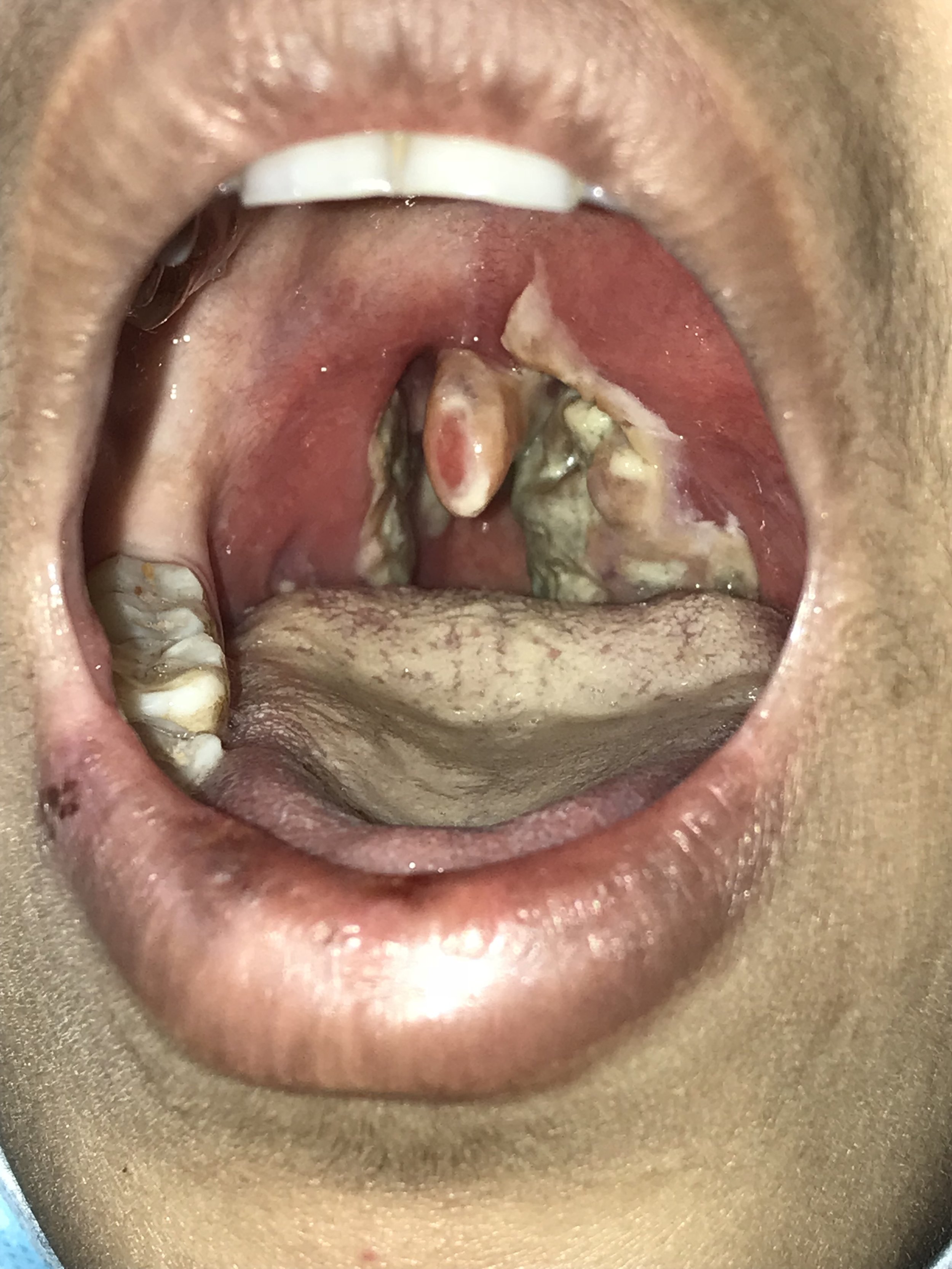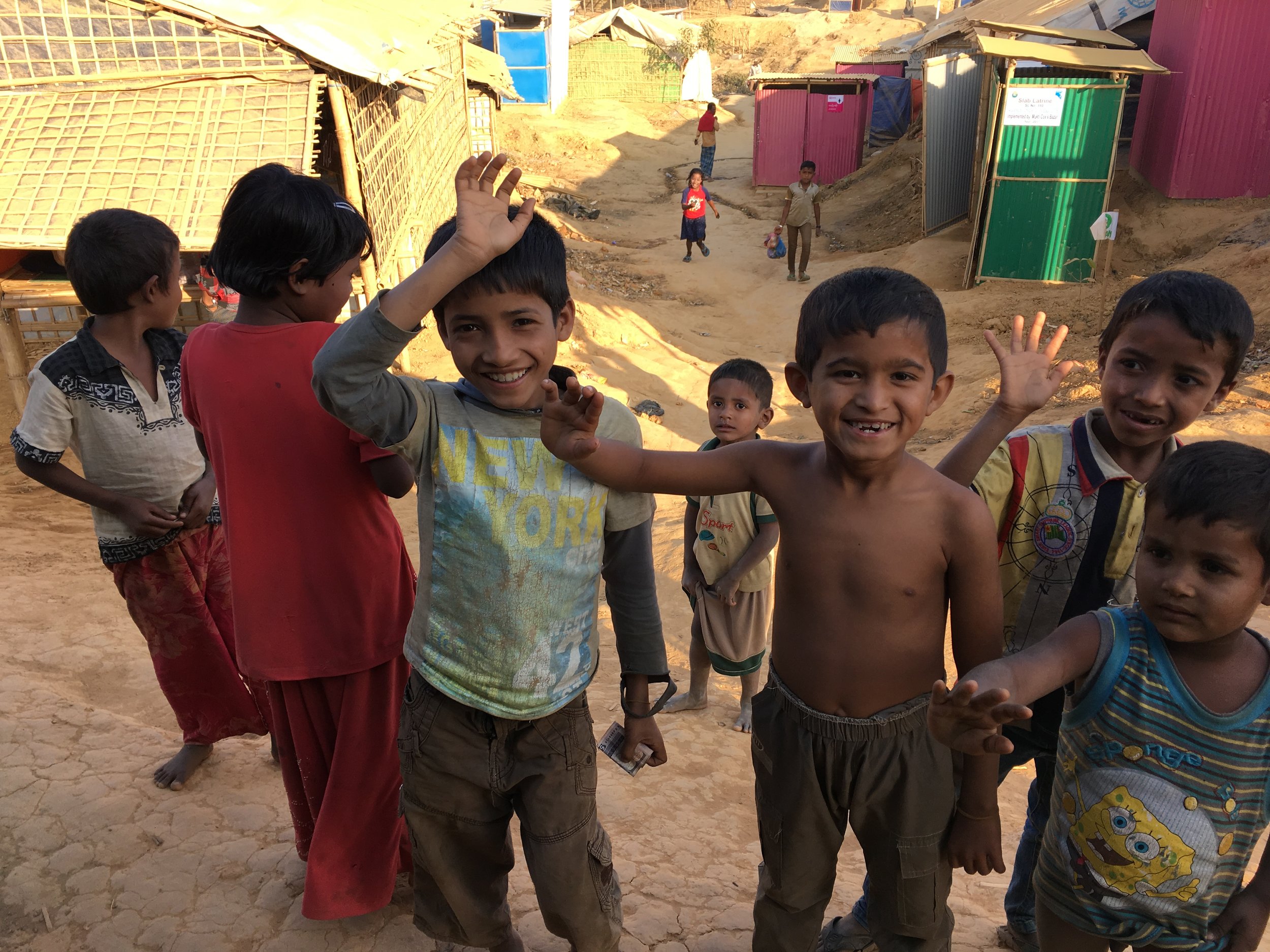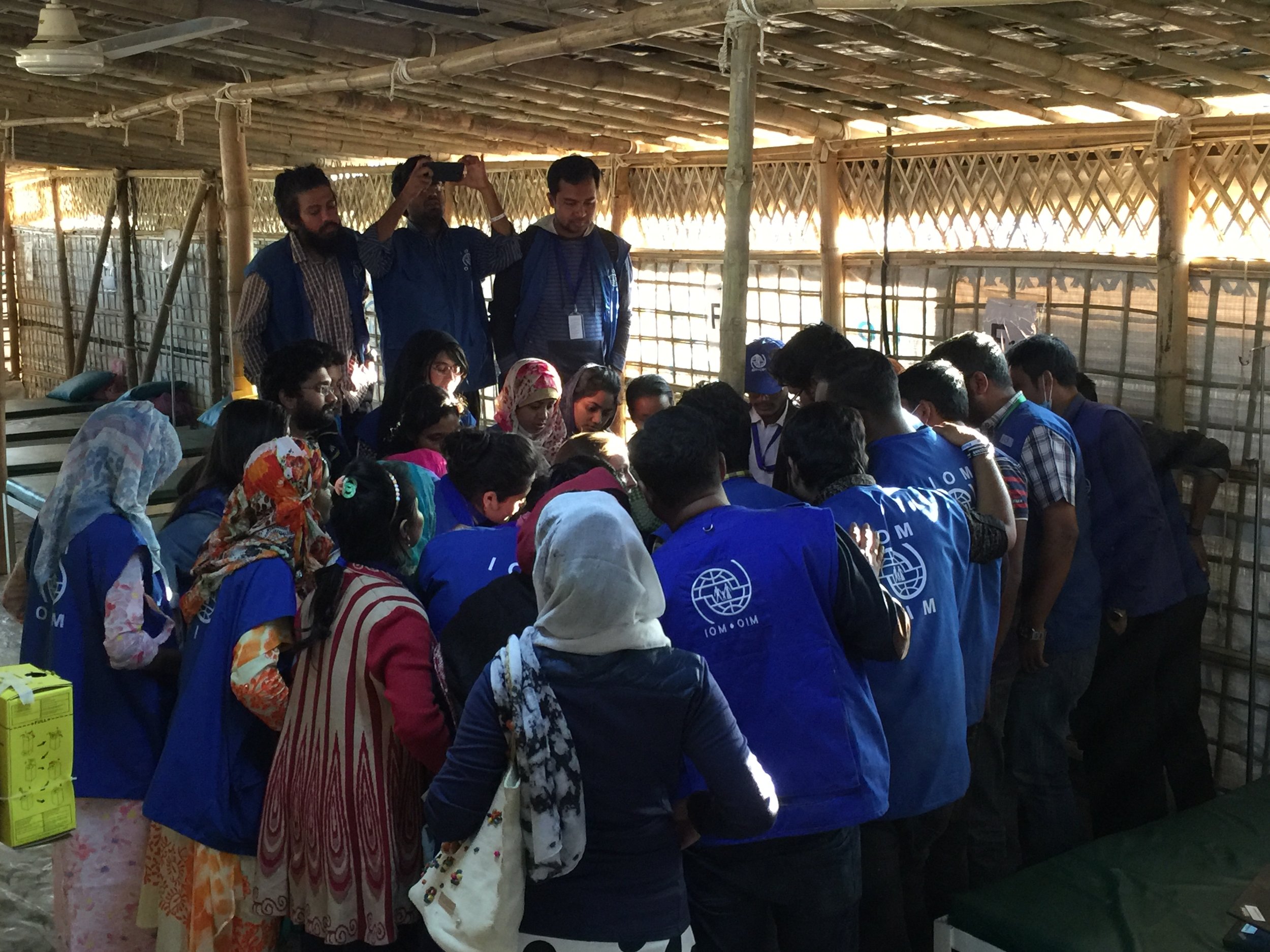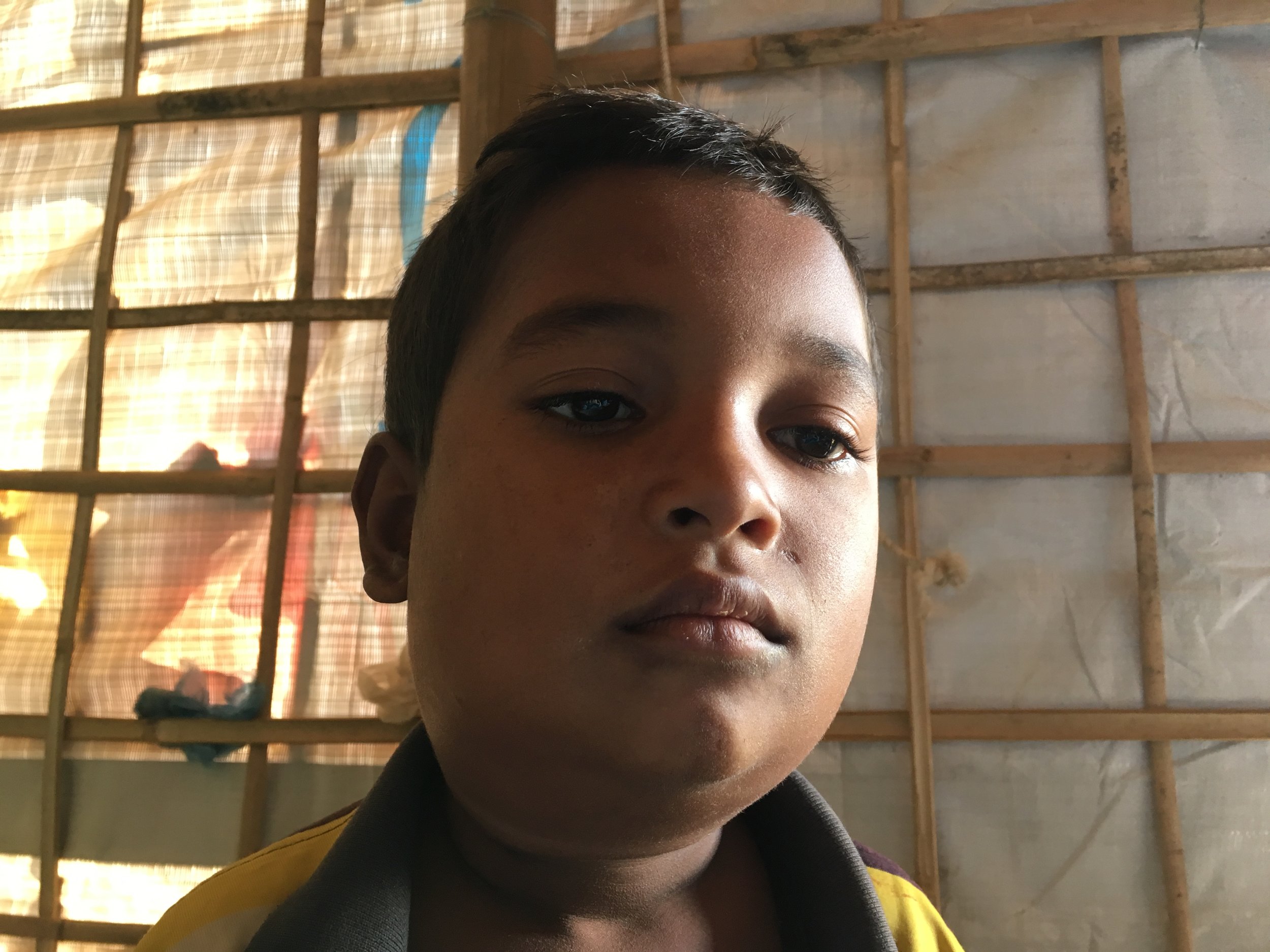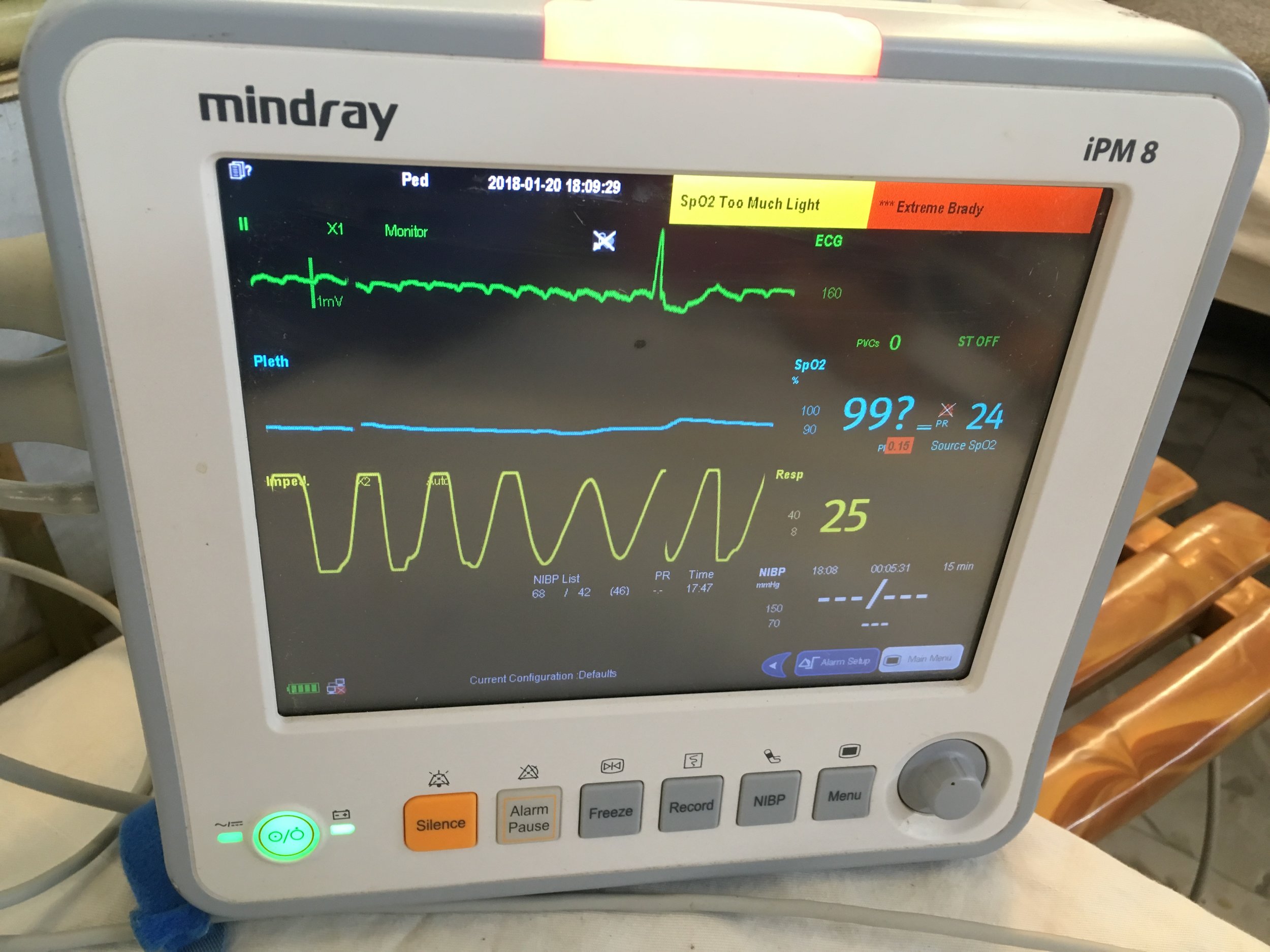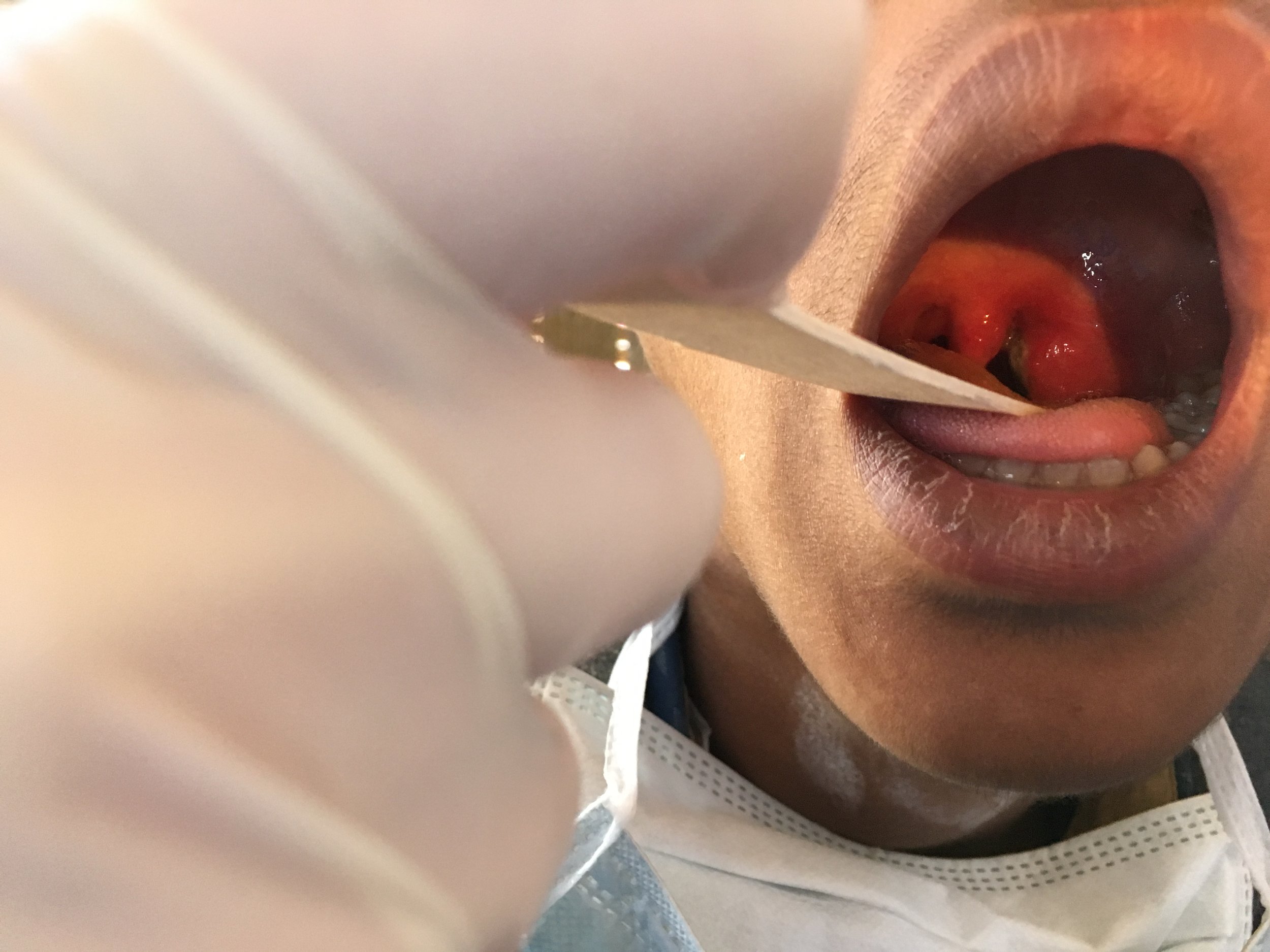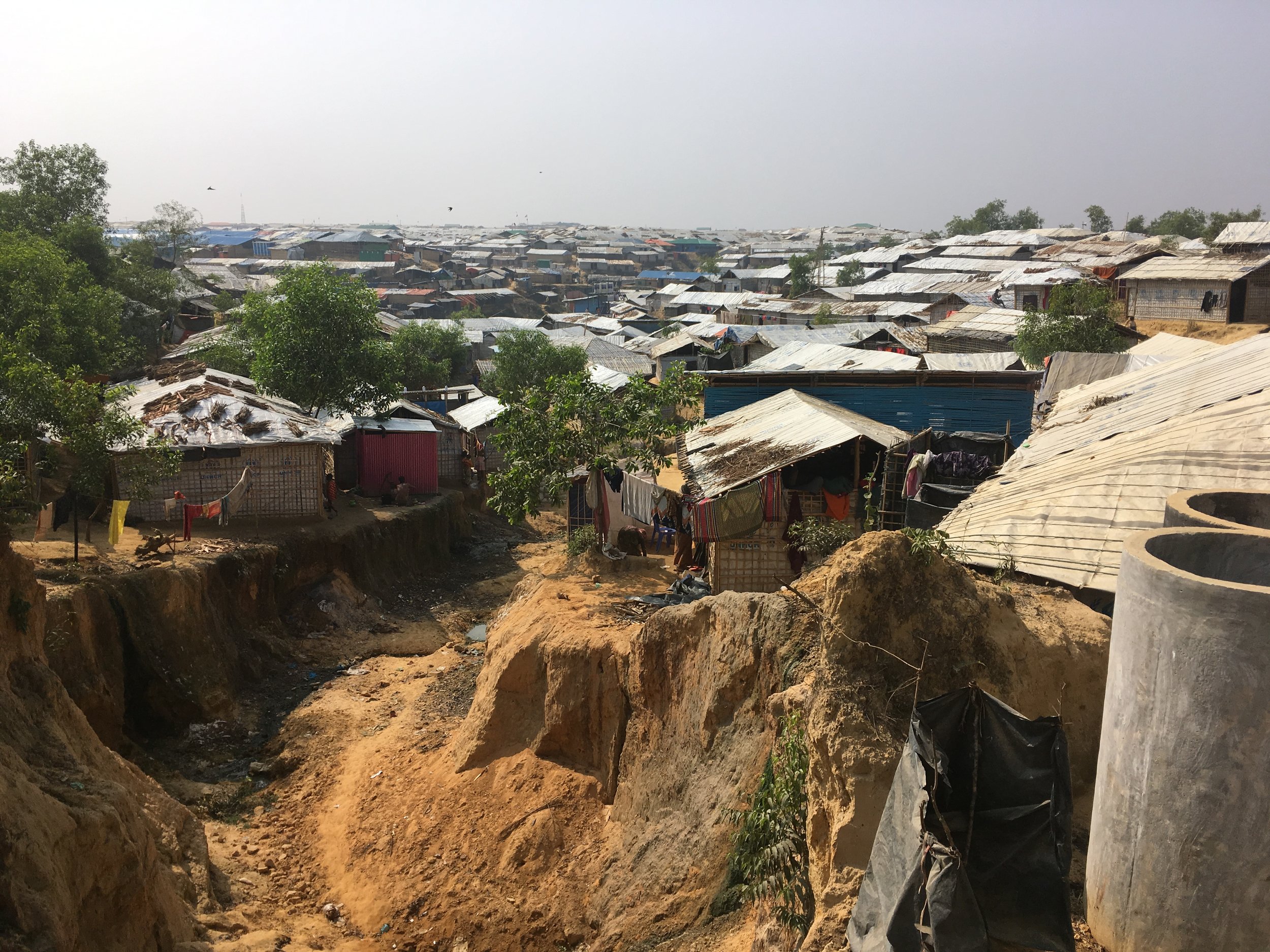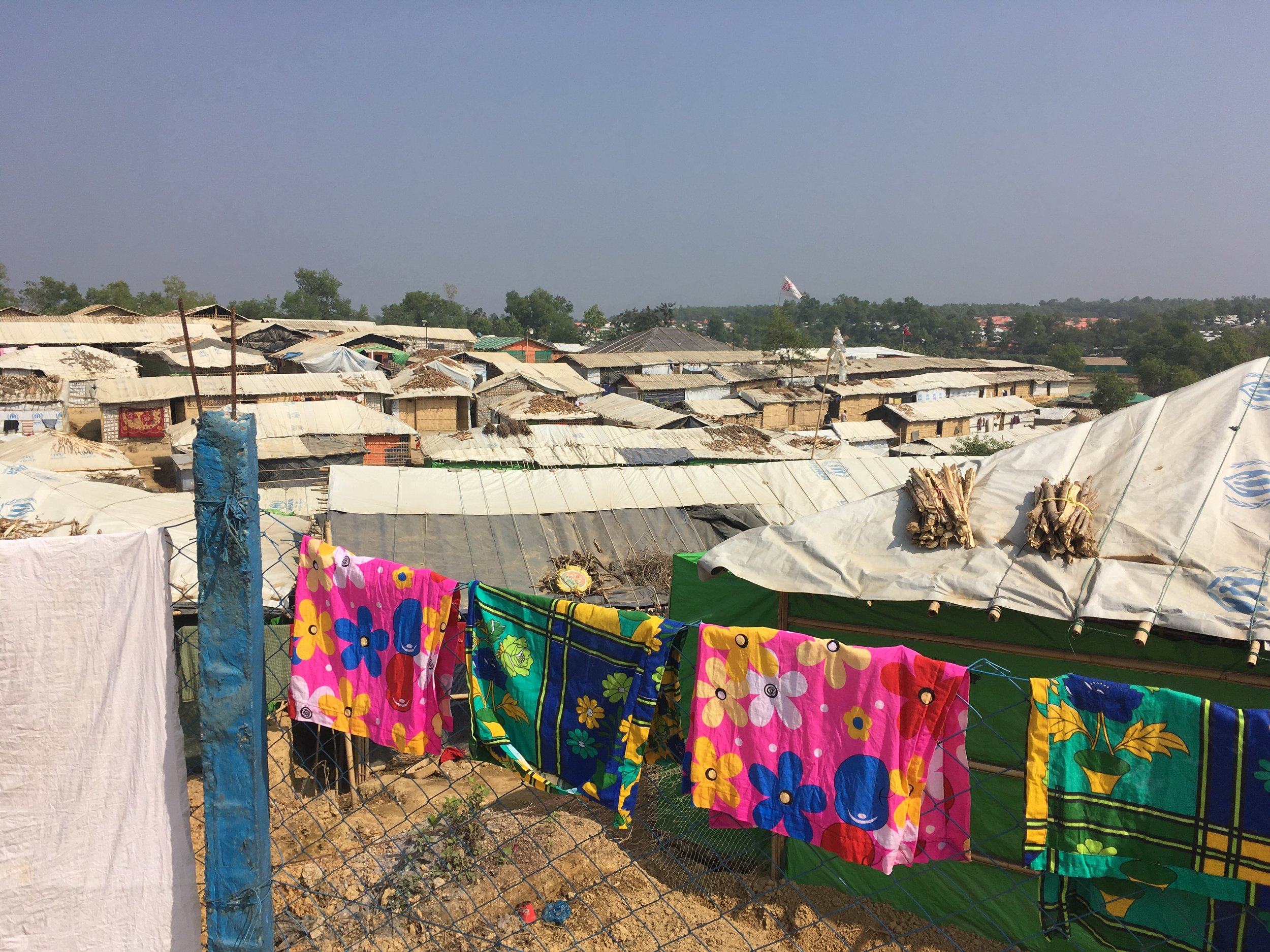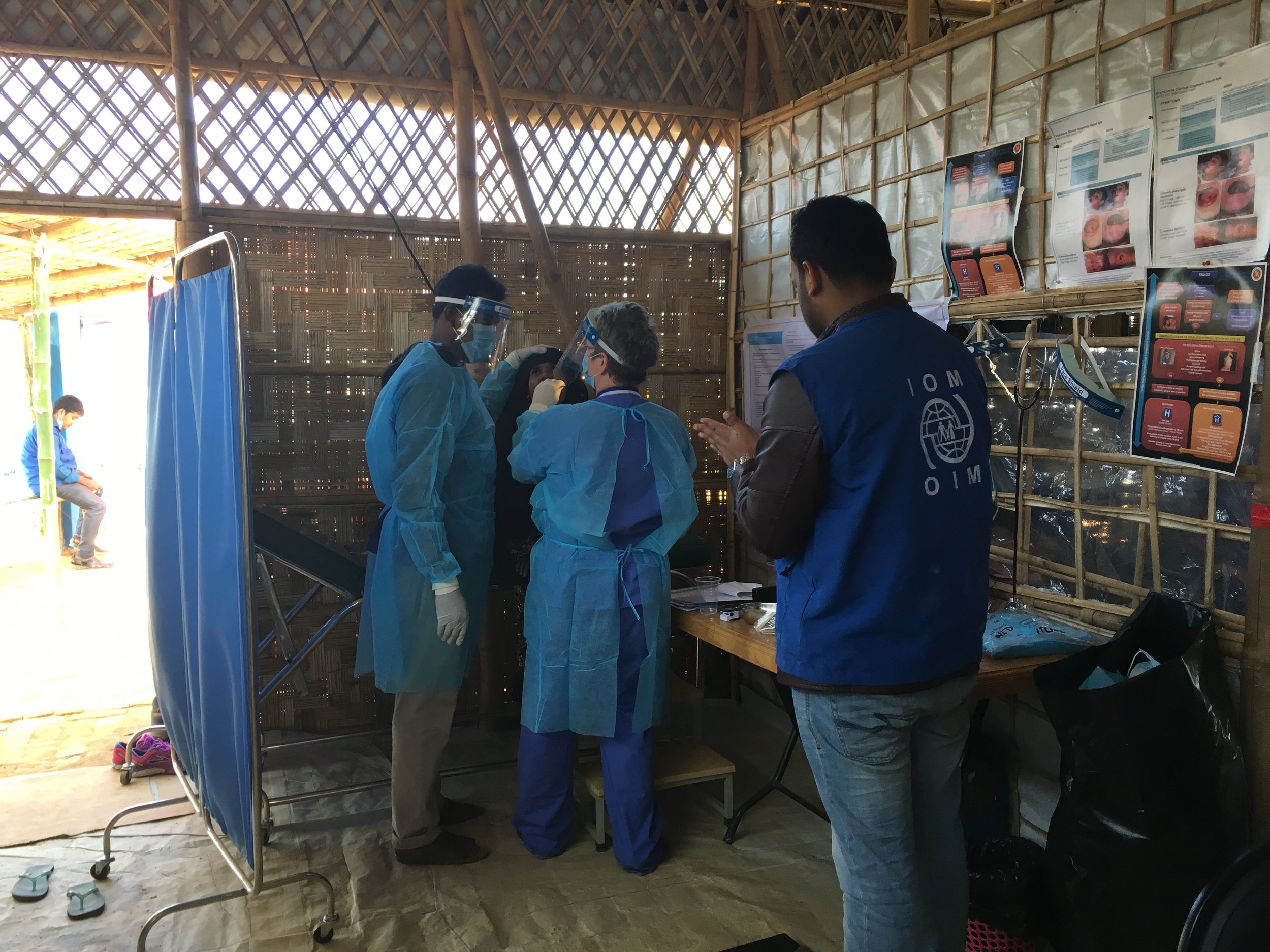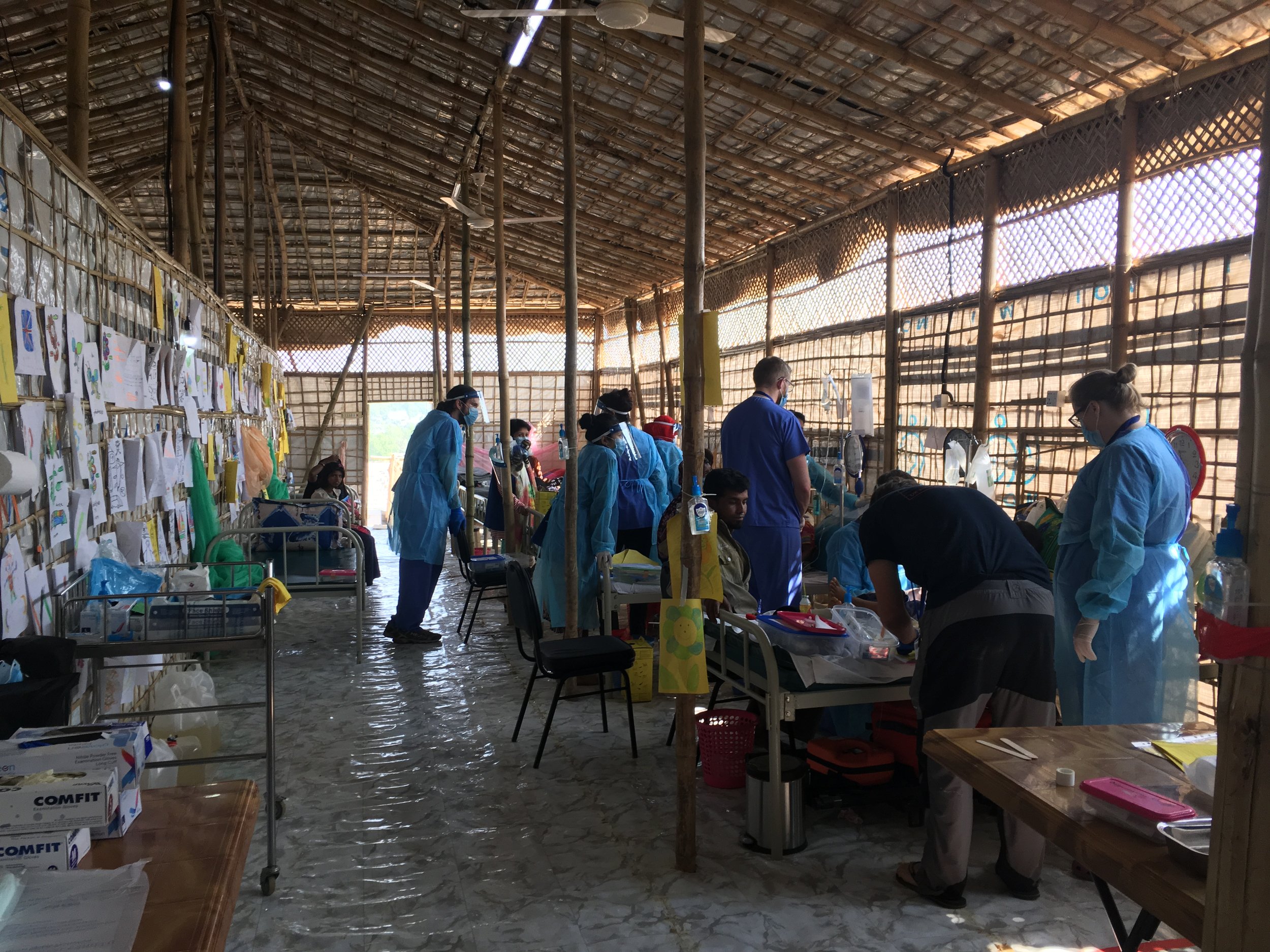We often say that our skills in Emergency Medicine are transferrable across a number of vocations and different environments. Mia Paderanga, one of our ED research nurses, has certainly put that to the test!
Here's her account of working as a volunteer nurse in Laos.
Words cannot describe the anticipation and the excitement that I felt the moment I landed in Laos. I was in awe seeing the landscape of Laos from my tiny little plane. I looked down with such amazement at the vastness of the Mekong River carving its way through rich tropical mountains with no concrete buildings in sight.
I'm finally doing it, volunteering as a Nurse in a developing country - the thing I've always dreamed of but somehow never had the courage to do. Now I'm finally here.
I was very fortunate to be given the opportunity to work as a volunteer nurse for the charity, Friends Without a Border (https://fwab.org/). This is a non-governmental organisation dedicated to providing free high-quality health care to children. They run a small Paediatric hospital consisting of a 24 bedded In-patient ward, Outpatient Clinics, a Neonatal ICU, an Operating Theatre and a 24 hour Emergency Department.
I arrived in the hospital early in the morning, and already a long queue of patients was waiting to be seen in the outpatient clinic. The inpatient ward had no empty beds and in the ED were a couple of critically ill children undergoing resuscitation. There was a feeling of chaos as if I had just entered a battle ground, but behind the entire buzz, there was a sense of calmness from the local team. I noticed a strong sense of teamwork and comradery. Perhaps it is in the culture of Laos to be soft and calm; an admirable trait which everyone seems to have. I was welcomed by everyone with such warmth and a welcoming smile. I automatically felt at ease with the team and it didn't take long for me to feel like I am a valued member.
As a volunteer nurse my main responsibilities are to provide clinical supervision as well as teaching and assisting with patient assessments, and overall patient care. On top of this, we also manage the patient flow of the whole hospital. I won't deny feeling absolutely overwhelmed on my first day. The challenges that this type of work presents are surely different from the ones we face back home however, the highlights are profoundly rewarding.
As a charity run hospital, I was impressed by how well established the hospital was despite only running for two years. They have set evidence based protocols and guidelines. They have equipment and supplies of medications that although basic and limited, can be considered quite advanced for the setting.
The ethos of the hospital is to “treat every child as if they are your own", and this resonates in the attitude and work ethic of the local staff and the volunteers.
Despite all our efforts to provide the best health care, we face many challenges due to our lack of resources. It is particularly difficult to see a child have a less of a positive outcome simply because we have no access to certain medications, or that we don't have equipment to do diagnostic tests or to provide life support in critical conditions. At times we have had to send patients home with nothing but our sincerest apologies to offer, as we have no other means to further provide treatment. This is heart-breaking especially knowing that in developed countries, these children will have had a completely different outcome.
Despite this, I have witnessed many patients recover and defy poor prognosis which I can only describe as something short of a miracle.
There is no doubt that the hospital gives many of the Laos children the opportunity and chance in life that they would otherwise have not received. There is a real sense of sincere gratitude from the parents/families of the children we see. A refreshing change from what seems like a growing culture of entitlement often seen in more developed countries.
One of the most challenging aspects of the job was communicating with both the staff and the families. I knew I needed to adapt my way of communicating in way that is respectful and sensitive to each individual's level of understanding of English. I quickly learned a few common Laos phrases and with some help from the Laos staff, was able to communicate effectively in the best way I could. The families and the children also got a laugh out of my accent and more often than not my mispronunciation of words! However, they are more than appreciative with my efforts to learn their language. And with my broken Lao and strange "phalang" (foreigner) accent the locals are quick to respond “boh pan yang" translating to "no worries"!
Coming here has opened my eyes to different forms of health care and the ability for people to make the most of what they have.
This has truly been a life changing experience for me and one that I will forever remember. I go home with the knowledge that this experience has helped me develop professionally and more importantly I feel I have grown as a person and gained lifelong friends along the way.
I feel grateful for the support and encouragement I received from families, friends and colleagues who made this journey possible. I am humbled by this experience knowing that in some small way I have contributed in making a difference in this small corner of the world. I strongly encourage others to take the leap and volunteer.

